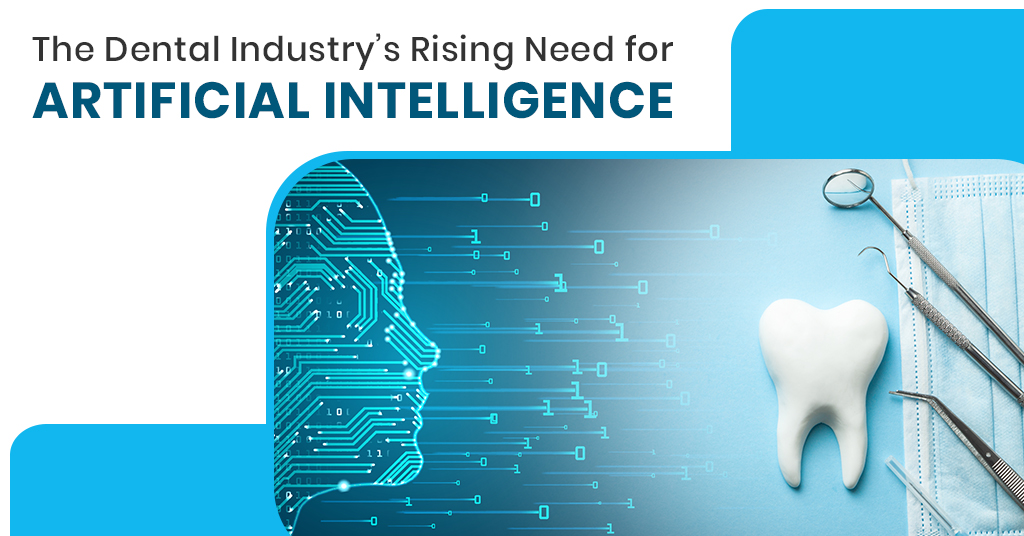Menu

This subject can be nuanced, but has a fairly straightforward usage in human society. Researchers at the Leiden Institute of Advanced Computer Science defined it thus: “Artificial intelligence is concerned with the development of computers able to engage in human-like thought processes such as learning, reasoning, and self-correction. machines can be improved to assume some capabilities normally thought to be like human intelligence such as learning, adapting, self correction, etc.”
In other words, AI intervention can be achieved using well-thought-out mathematical algorithms with the objective of constructing software that can mimic and enable learning or problem-solving. This can streamline an infrastructure that empowers poor and rich sections of society, in all medical fields, including dentistry.
Since 2018, the Indian government’s NITI Aayog think tank has impressed the need for AI in all aspects of the Indian infrastructure, from healthcare to agriculture to transport. In its June 2018 report titled ‘National Strategy For Artificial Intelligence’, it discussed how the technology can bolster the country from the bottom-up.
AI can help penetrate impervious barriers that prevent remote and rural areas from accessing healthcare facilities, especially where there is substandard Internet connectivity and a scarcity of healthcare professionals. For the more immediate problems, businesses like Amazon Web Services have helped the Telangana state government to set up anti-COVID-19 platforms with features such as the India Vulnerability Map and 10 ML models to garner data on citizen mobility, response, lockdown, and recovery scenarios.
Dentistry uses AI in several ways:
When it comes to dentistry, AI is still in its nascent stage despite several companies showing success in IOS technology, caries detection, and crown design. AI-driven dental informatic companies have obtained clearance from governmental and national healthcare bodies to support clinicians. Here are some of its further implications:
Dentistry treatment can be subjective especially due to it not being a life-or-death situation. Much of it relies on the idiosyncrasies of the patient’s teeth. The addition of AI-driven tools creates a more specific trajectory to treatment based on the patient’s unique dental problems, assisting clinicians with deeper data that can enable the most optimal outcome.
As a part of the dentistry community, AI integration excites us in its objective and accurate medium through which we can inform our decisions on diagnosis, patient care, and producing outcomes. We can pinpoint the care of our patients in real time, through dashboards and business intelligence tools, sending notifications to our phones even.
The industry will still require a brave new movement of entrepreneurial companies and startups, funded by venture capitalists and government bodies, that create an ecosystem in which this becomes a reality in all strata of society.
Reference: https://www.dentistrytoday.com/viewpoint/10738-artificial-intelligence-and-its-use-in-dentistry


| PRODUCTS | QTY | PRICE | VALUE in INR |
|---|
| PRODUCTS | QTY | PRICE | VALUE in INR |
|---|